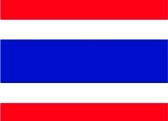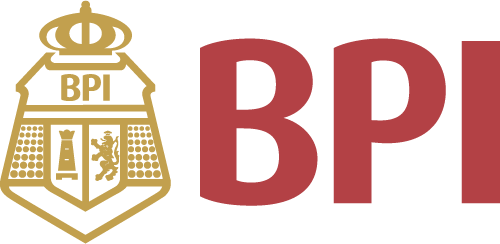All Categories
Contemporary Korean Art: Tansaekhwa and the Urgency of Method
Share Tweet
*Price and Stocks may change without prior notice
*Packaging of actual item may differ from photo shown
- Electrical items MAY be 110 volts.
- 7 Day Return Policy
- All products are genuine and original

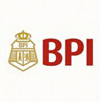




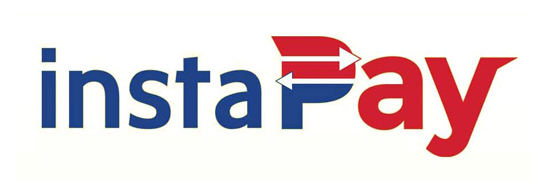
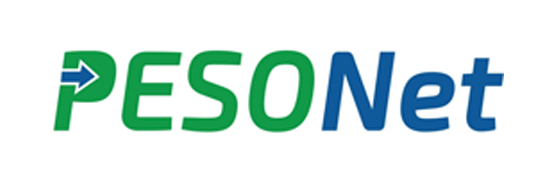
About Contemporary Korean Art: Tansaekhwa And The Urgency
Product Description Starting in the mid-1960s, a group of Korean artists began to push paint, soak canvas, drag pencils, rip paper, and otherwise manipulate the materials of painting in ways that prompted critics to describe their actions as “methods” rather than artworks. A crucial artistic movement of twentieth-century Korea, Tansaekhwa (monochromatic painting) also became one of its most famous and successful. Promoted in Seoul, Tokyo, and Paris, Tansaekhwa grew to be the international face of contemporary Korean art and a cornerstone of contemporary Asian art. In this full-color, richly illustrated account—the first of its kind in English—Joan Kee provides a fresh interpretation of the movement’s emergence and meaning that sheds new light on the history of abstraction, twentieth-century Asian art, and contemporary art in general. Combining close readings, archival research, and interviews with leading Tansaekhwa artists, Kee focuses on an essential but often overlooked dimension of the movement: how artists made a case for abstraction as a way for viewers to engage productively with the world and its systems. As Kee shows, artists such as Lee Ufan, Park Seobo, Kwon Young-woo, Yun Hyongkeun, and Ha Chonghyun urgently stressed certain fundamentals, recognizing that overwhelming forces such as decolonization, authoritarianism, and the rise of a new postwar internationalism could be approached through highly individual experiences that challenged viewers to consider how they understood their world rather than why. Against the backdrop of the Cold War, decolonization, and the declaration of martial law in South Korea, these artists asked questions that continue to resonate today: In what ways can art matter to the world? How does art exert agency when its viewers live in times of explicit or implicit duress? How can specific social and political conditions inspire or influence methods and styles? Review "[Kee] displays throughout the book a rare sensitivity to formal qualities of the visual materials before her and exhaustive knowledge of theoretical discussions that surrounded and gave rise to the movement, all while writing a refined but accessible prose without a shred of excess." -- Journal of Asian Studies "Rich in analysis and description, Kee's book traces the development of Korean painting and issues of national artistic identity as a reflection of the country's economic growth and political turmoil over the past five decades. This pioneering, generously illustrated tome deserves a place in every serious collection of books about modern art in Asia . --Art Asia Pacific "Kee does an excellent job of placing Tansaekhwa artists in context, giving the reader a greater understanding of how the artists fit into contemporary Korean art and the international art world. Readers who are not familiar with Korean history will be well-served by the historical context that the author provides." -- Art Libraries Society " Contemporary Korean Art: Tansaekhwa and the Urgency of Method is an in-depth discussion of a specific art movement developed during the post-colonial period, which reached its pinnacle during the 1970s. The clever narrative structure of the book enables the reader to approach this movement from various angles, looking at different contextual rather than chronological works of art." -- Art Newspaper "Kee successfully carves out a definable and cultivated place for the Tansaekhwa artist in the global history of modernist abstraction and contemporary art." -- Orientations - "A thorough examination of documentation on the artists, paintings, institutions and critiques empowering the discussion on Tansaekwha, giving it both historicity and objectivity." -- Journal of Korean Studies About the Author Joan Kee is associate professor of art history at the University of Michigan, Ann Arbor.



